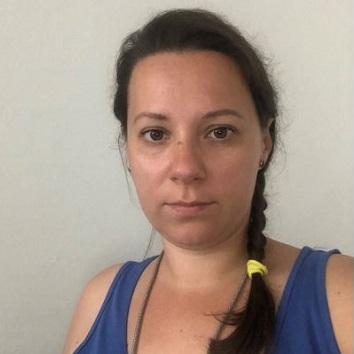Last time I´ve shown you how to create your start model using structuring model. Today I will show you how to create an Organizational chart. Organizational chart describes organizational structure within the company. It represents important roles of the organization visible and is used for internal and external communication. It consists of elements and relationships between them.
Basic elements of an organizational chart are:
- Organizational unit that is used to describe organizational departments and can be assigned to roles and persons.

- Position is used to describe position defined by job description and is assigned to persons.

- Role is similar to position but less formal and can be assigned to multiple persons.

- Internal person that refers to specific person/employee.

- Location describes local subsidiary (physical place).

The most important relationships in organizational chart are:
1. Position is organization manager for organizational unit (It answers the question who is responsible for whom?)
2. Organizational unit is superior for another organizational unit (It answers the question who is superior or inferior?)
3. Internal person occupies the position (It answers the question what communication channels exist?)
Check the training video to see how to create the organizational chart. The organizational chart in training video might look like this:
In addition to Organizational chart, ARIS Basic also supports other model types: process landscape, BPMN, Event-driven process, System diagram, Data model and Structuring model.







Prabhu Chandrasekeran on
I am working on an organizational chart for a large organization where they have a specific position say "Project Manager" or "Sr Project Manager". These two positions are one of the common positions within different departments and teams. What is the recommended approach for handling a common position type but used within different teams and departments?
1. Should I create an object called "Project Manager" and kept using the same in multiple departments. This would lead to 10s of reporting relationship to different Department Heads.
2. or Should I create several objects such as "Procurement Project Manager", "Finance Project Manager", Capital Project Manager".
Please help!